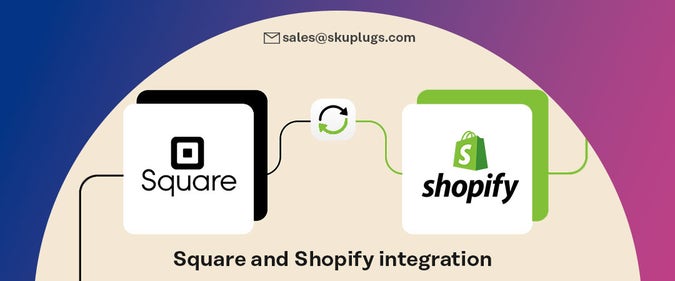In the ever-evolving world of business, finding ways to expand and grow is crucial for success. One strategy that has gained popularity is forward integration. So, what exactly is forward integration and how can it benefit your business? Let’s dive in and explore.

Credit: land-book.com
Table of Contents
What is Forward Integration?
Forward integration is a business strategy where a company expands its operations by incorporating activities further along the supply chain. It involves taking control of distribution channels or retail outlets to sell its products or services directly to consumers. Essentially, it means moving closer to the end consumer.
By implementing forward integration, businesses can reduce their dependency on intermediaries and gain more control over the customer experience. This strategy enables companies to enhance profitability, increase market share, and establish a stronger presence in the market.
The Benefits of Forward Integration
Forward integration offers several advantages to businesses:
- Increased Profitability: By eliminating intermediaries, companies can capture a larger portion of the profit margin. This can significantly impact the bottom line and enhance overall profitability.
- Enhanced Control: With forward integration, businesses have more control over product quality, pricing, and customer service. This greater control fosters customer satisfaction and loyalty, leading to long-term success.
- Market Expansion: Forward integration allows businesses to enter new markets and reach a wider customer base. By owning retail outlets or distribution channels, companies can extend their geographic reach and tap into new opportunities.
- Brand Building: Direct interaction with customers through forward integration provides companies with valuable insights. This enables them to build a stronger brand, tailor their offerings to customer needs, and build long-lasting relationships.
Implementing Forward Integration
Now that we understand the benefits of forward integration, let’s explore how businesses can effectively implement this strategy:
1. Market Research:
Prior to venturing into forward integration, conducting thorough market research is essential. Identify target markets, customer preferences, and potential obstacles. This data will guide your decision-making process and ensure a successful implementation.
2. Acquiring Distribution Channels:
Acquiring or creating distribution channels is a crucial step in forward integration. This could involve setting up retail outlets, acquiring existing stores, or partnering with distributors. The goal is to have direct access to customers and gain control over the distribution process.
3. Streamlining Operations:
To ensure smooth functioning of the integrated operations, it is important to streamline processes. This includes optimizing supply chain management, inventory control, and logistics. Embrace technologies that enable efficient operations, such as inventory management software and automated order fulfillment systems.
4. Staff Training:
Train your staff to provide exceptional customer service. With direct customer interaction, well-trained employees are vital for building strong customer relationships and delivering a positive brand experience.
Real-Life Examples of Successful Forward Integration
Many renowned companies have implemented forward integration with great success. Here are a few examples:
1. Apple:
Apple, known for its premium electronic products, established its own retail stores worldwide. This forward integration strategy allowed the company to create an exclusive shopping experience for customers. It also provided them with valuable insights into customer preferences, leading to continuous innovation and product enhancements.
2. Starbucks:
Starbucks, a leading coffeehouse chain, not only expanded its retail presence but also ventured into coffee bean sourcing and roasting. This forward integration enabled Starbucks to have full control over its supply chain, ensuring the quality and consistency of its products. It also added an element of differentiation, as Starbucks could directly communicate its ethical sourcing practices to customers.
3. Tesla:
Tesla, the electric vehicle pioneer, decided to sell its vehicles directly to consumers rather than relying on traditional car dealerships. By embracing forward integration, Tesla could educate potential buyers about the benefits of electric vehicles and create a unique buying experience. This strategy has helped Tesla establish itself as a leading brand in sustainable transportation.

Credit: designmodo.com
Conclusion
Forward integration is a powerful business strategy that offers numerous benefits in terms of profitability, control, market expansion, and brand building. By embracing forward integration, companies can position themselves for growth and gain a competitive edge in the market. With careful planning, market research, and streamlined operations, forward integration can unlock new opportunities and pave the way for long-term success.
